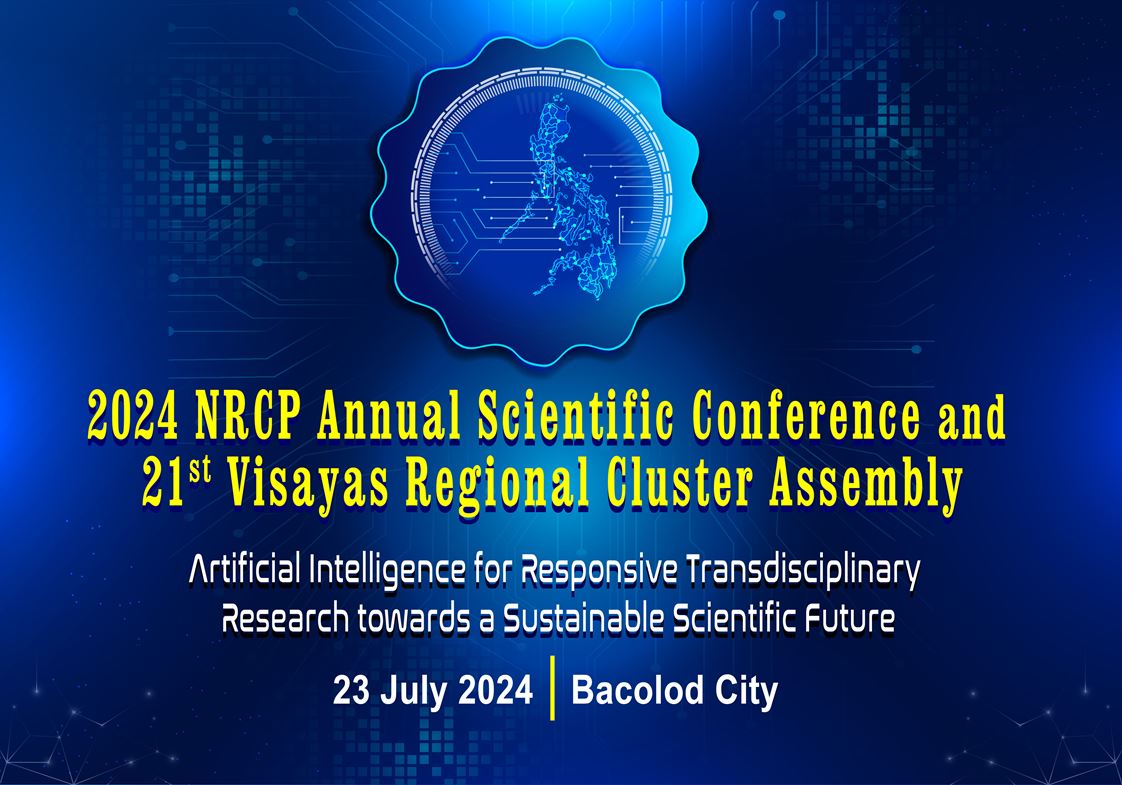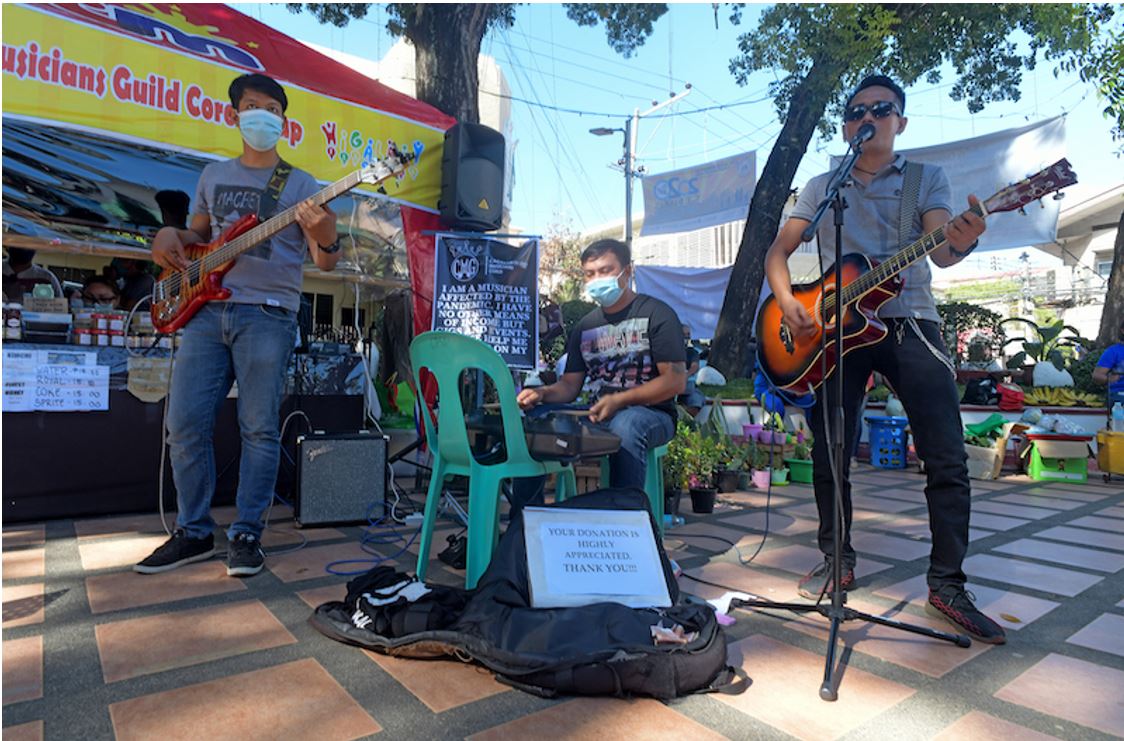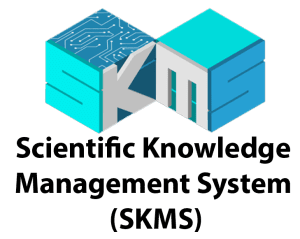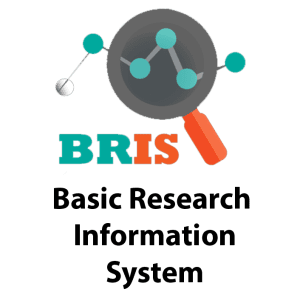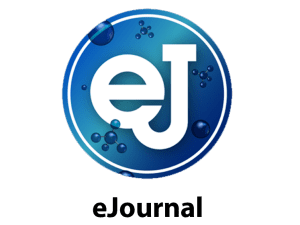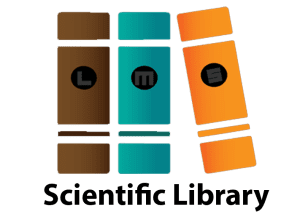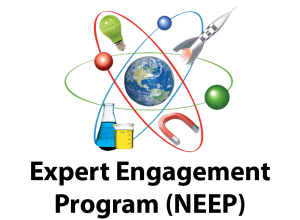Navigating the Philippine Blue and Green Economy
By Glenn Ford B. Tolentino
Science Research Specialist II
RIDD-IDS, DOST-NRCP
gftolentino.nrcp.09112023@gmail.com
In recent years, there has been a growing recognition of the urgent need to transition towards sustainable economic model to combat the detrimental impacts of climate change to the environment, natural resources, and people. Along this line, experts had come up with two sustainable frameworks which had gained prominence since then; the blue and green economy.
The frameworks of blue and green economy integrate sustainability into all aspects of economic activity by promoting energy efficiency, renewable energy sources, waste reduction, and the circular economy model. These economic frameworks also attempt to decouple economic growth from adverse impacts of the economic activities to the environment.
Dr. Mario A. Aurelio, a distinguished academic and a geologist, studied the concept of blue and green economy frameworks, focusing on the sustainable use of marine resources. He said that the Philippines, being an archipelagic nation with vast marine wealth, has a great potential to harness its oceans to fuel economic growth while preserving its fragile ecosystems.

In the context of Philippines Blue Economy, Dr. Aurelio explained the nexus of the non-living components of marine environment vis-à-vis the living organisms.
I think the basic perception about blue environment or marine environment is water, fishes, and marine biodiversity – all about the living things. We should bear in mind that when we say blue environment, it is not only the living components of the blue environment or the marine environment, but the fact is, there is another component, the non-living components and perhaps these are even bigger as they cover all the way down to the earth’s core. These are the marine subsurface, the seabed, and the subsurface, Dr. Aurelio explained.
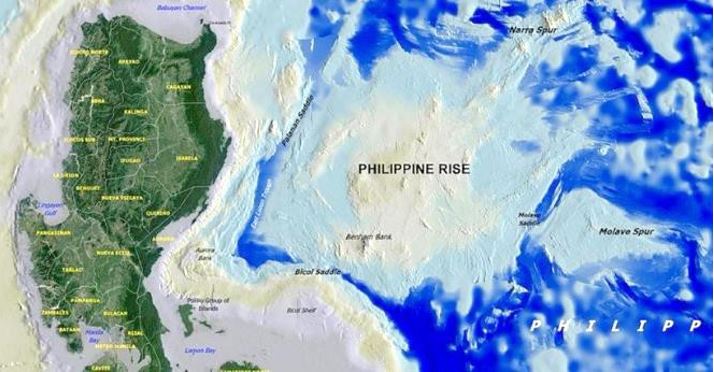

The deep seabed mineral resources such as cobalt-rich ferromanganese crust and the hydrothermal polymetallic sulfides all found in the PH Rise – formerly called Benham Rise which is an extinct volcanic ridge located in Philippine Sea, the oil and gas from the Malampaya gas field situated offshore of Palawan, and gas hydrates from many sea water trenches are just few of the non-living natural resources abundant in the Philippines, Dr. Aurelio stressed.
There are also other critical minerals (CMs) and rare earth elements (REEs) which are not found in the surface but very abundant in the deep seabed (blue environment). Some CMs and REEs are critical in the development of technologies that promote renewable energy to totally avoid CO2 emission (green technology), Dr. Aurelio added.
He also emphasized the significant contributions of blue and green economy to the country’s economic sectors like: tourism; fisheries and aquaculture; coastal manufacturing; ports, shipping, and marine transport; ocean energy; seabed mining for oil, gas, and minerals; marine biotechnology for medicine; marine technology and environmental services.
Blue and green economy can help alleviate or fully enhance the lives of people, particularly those in the coastal communities in terms of proper utilization of natural resources for their livelihood while ensuring the sustainability of the marine ecosystems.
By embracing nature-based solutions and adopting sustainable practices, the blue and green economy create jobs, drive innovation, and mitigate climate change impacts. One notable success story of the Green Economy can be seen in Denmark and the Netherlands, which has become a global leader in wind energy production. Through robust government support, it has transformed itself into a pinnacle of renewable energy, resulting in a significant reduction in carbon emissions while attracting foreign investments and creating thousands of jobs in this flourishing sector.
Dr. Mario A. Aurelio is a Regular Member of DOST – NRCP Division of Earth and Space Sciences. He is also a member of the International Seabed Authority, United Nations, Kingston, Jamaica.
He won the 2022 Gregorio Y. Zafra Award for Basic Research, organized by the Philippine Association of Advanced Science and Technology-Department of Science and Technology, and he is one of the recipients of the 2023 Asian Scientists 100, featured in Asian Science Magazine in Singapore.
This news article is based on Dr. Aurelio’s paper presentation in the NRCP Expert Class Season 3 that featured the Philippine Blue and Green Economy and The Social Impacts of OPM on the Lives of Filipino which was held on September 12, 2023, at Muralla, Bayleaf Hotel, Intramuros, Manila











